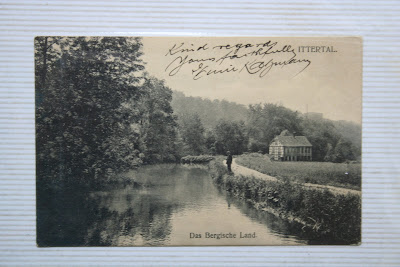









I found this postcard collection in a charity shop in Brixton. They are lovingly arranged into photo album and mostly date from 1910. They are from Germany, France and Belgium and in total there are 39 cards.
works in progress



 The brief entailed creating a fanzine on our research topic. I am currently reading the work of Michael Foucault on power. The effect of a tendency to disindividualise power is the perception that power resides in the machine itself rather than in its operator. Power has its principle not so much in a person as in a certain concerted distribution of bodies, surfaces, lights, gazes; in an arrangement whose internal mechanisms produce the relation in which individuals are caught up. This theory can be applied to relationships also and if we consider the relationship/marriage as the institution/machine. Prince Charles and Lady Diana is the first of a celebrity series I intend on doing on the subject.
The brief entailed creating a fanzine on our research topic. I am currently reading the work of Michael Foucault on power. The effect of a tendency to disindividualise power is the perception that power resides in the machine itself rather than in its operator. Power has its principle not so much in a person as in a certain concerted distribution of bodies, surfaces, lights, gazes; in an arrangement whose internal mechanisms produce the relation in which individuals are caught up. This theory can be applied to relationships also and if we consider the relationship/marriage as the institution/machine. Prince Charles and Lady Diana is the first of a celebrity series I intend on doing on the subject.